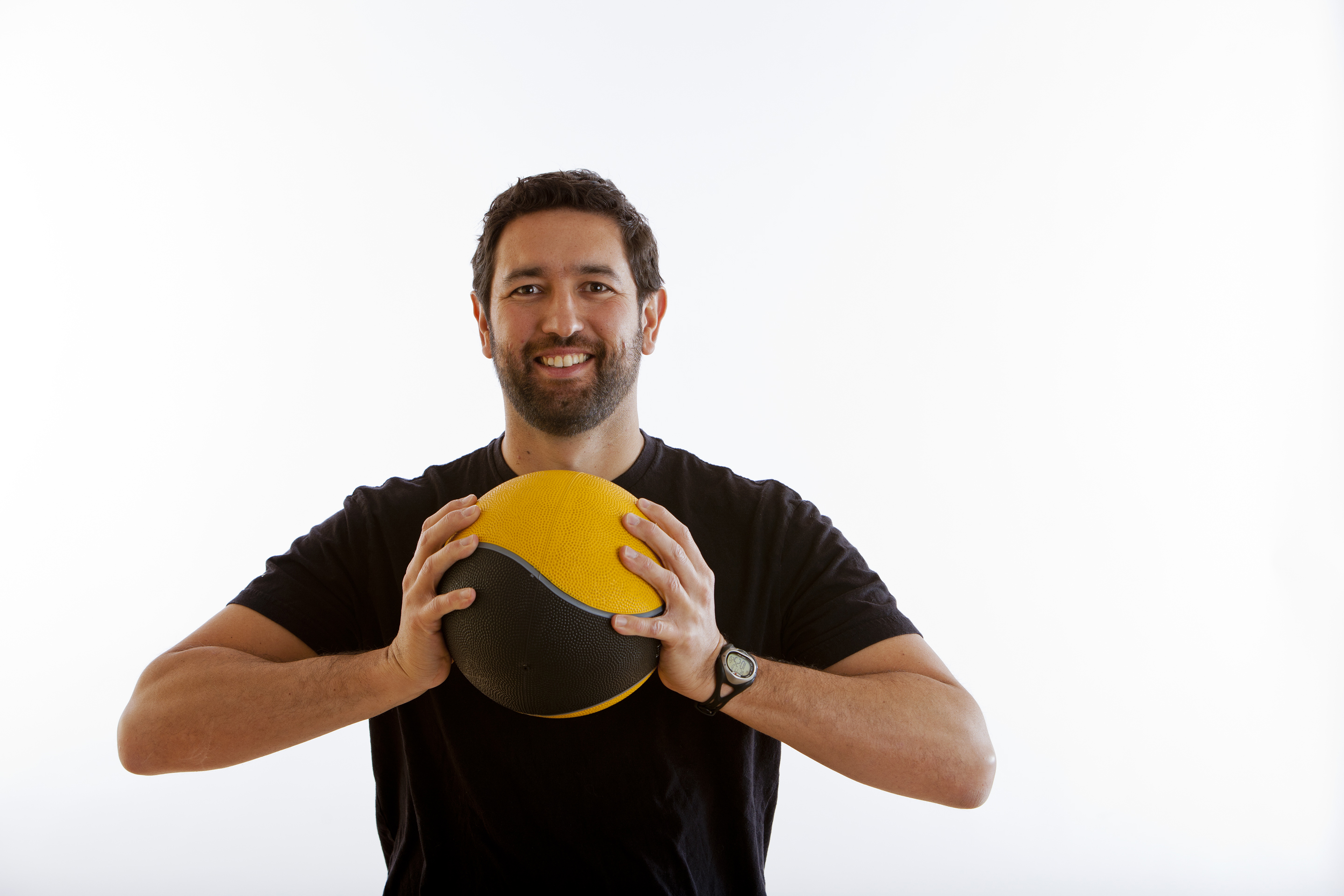[fusion_builder_container hundred_percent=”no” equal_height_columns=”no” menu_anchor=”” hide_on_mobile=”small-visibility,medium-visibility,large-visibility” class=”” id=”” background_color=”” background_image=”” background_position=”center center” background_repeat=”no-repeat” fade=”no” background_parallax=”none” enable_mobile=”no” parallax_speed=”0.3″ video_mp4=”” video_webm=”” video_ogv=”” video_url=”” video_aspect_ratio=”16:9″ video_loop=”yes” video_mute=”yes” video_preview_image=”” border_size=”” border_color=”” border_style=”solid” margin_top=”” margin_bottom=”” padding_top=”” padding_right=”” padding_bottom=”” padding_left=””][fusion_builder_row][fusion_builder_column type=”1_1″ layout=”1_1″ spacing=”” center_content=”no” hover_type=”none” link=”” min_height=”” hide_on_mobile=”small-visibility,medium-visibility,large-visibility” class=”” id=”” background_color=”” background_image=”” background_position=”left top” background_repeat=”no-repeat” border_size=”0″ border_color=”” border_style=”solid” border_position=”all” padding=”” dimension_margin=”” animation_type=”” animation_direction=”left” animation_speed=”0.3″ animation_offset=”” last=”no”][fusion_text]
Core Stability
Article by Mark Pitcher
Patients often ask me “what is the most important core muscle?” I wish I could say to them “it’s simple really,” and give them a nice, compact answer. But it’s not simple. There just isn’t one muscle that is more important than the others. All the musculature around the trunk, (not just the abs), have different roles at different times. It all depends on the situation.
When we move, or resist movement, the trunk muscles engage to create stiffness around the spine, acting like guy wires stabilizing a tent pole. If there is too much or unbalanced tension, the pole may buckle. If there is too little tension it may fall over and the tent will collapse. Unlike tent poles, our spines have moving parts and therefore need a network of guy wires. Stability during movement requires tension applied in a coordinated fashion through programs we call ‘motor control.’ For the spine to be stable, the moving parts need to be well aligned, the “guy wires” or muscles to be strong and the patterns of movement to be coordinated.
Since we move in many directions, a core stability program should address all those different planes of movement. We need to challenge the musculature on the front, the back and the sides of the trunk, as well as the muscles that create (and resist) rotation.
Exercise is essential for developing a good core and strong back, but not all exercises are appropriate for all people. Some exercises will put people at risk, especially if they have current or previous episodes of back pain. Some will require specific exercise prescription to make gains and avoid injury. Whether working with someone who has an injured back, or with an athlete who needs core strength to enhance athletic performance, the underlying principle is the same: prescribe exercise that provides challenge to many muscles, but keep the forces on the spine as low as possible. Commonly used exercises, like crunches, challenge just the front abdominal muscles and deliver repetitive high loads in the lumbar spine which can quickly lead to problems. For most people, there are better exercise choices.
A beginner core program generally starts with static postures, like plank variations, and as gains are made may progress to more dynamic and difficult exercises. One well-researched beginner’s approach to enhance general spine stability with minimal lumbar spine load is “McGill’s Big Three” (named after renowned spine researcher Dr. Stuart McGill). These simple, spine-friendly exercises focus on resisting movement and building endurance and motor control rather than generating strength and power. They work the front, sides and back of the torso, creating a hoop of stability around the trunk.
Everyone is different, so no one set of exercises can be perfect for everyone, but because these “Big Three” have low cost to the spine, they can be a good and relatively safe place to start. If you have a history of low back pain or injury, it is generally a good idea to consult with your health care provider whether it be a chiropractor, physical therapist or medical doctor before embarking on a program.
To view a short video of the McGill’s Big Three visit our website, vailhealth.com and click on the red ‘Spine and Sport Health Tip’ link.
[/fusion_text][/fusion_builder_column][/fusion_builder_row][/fusion_builder_container]

